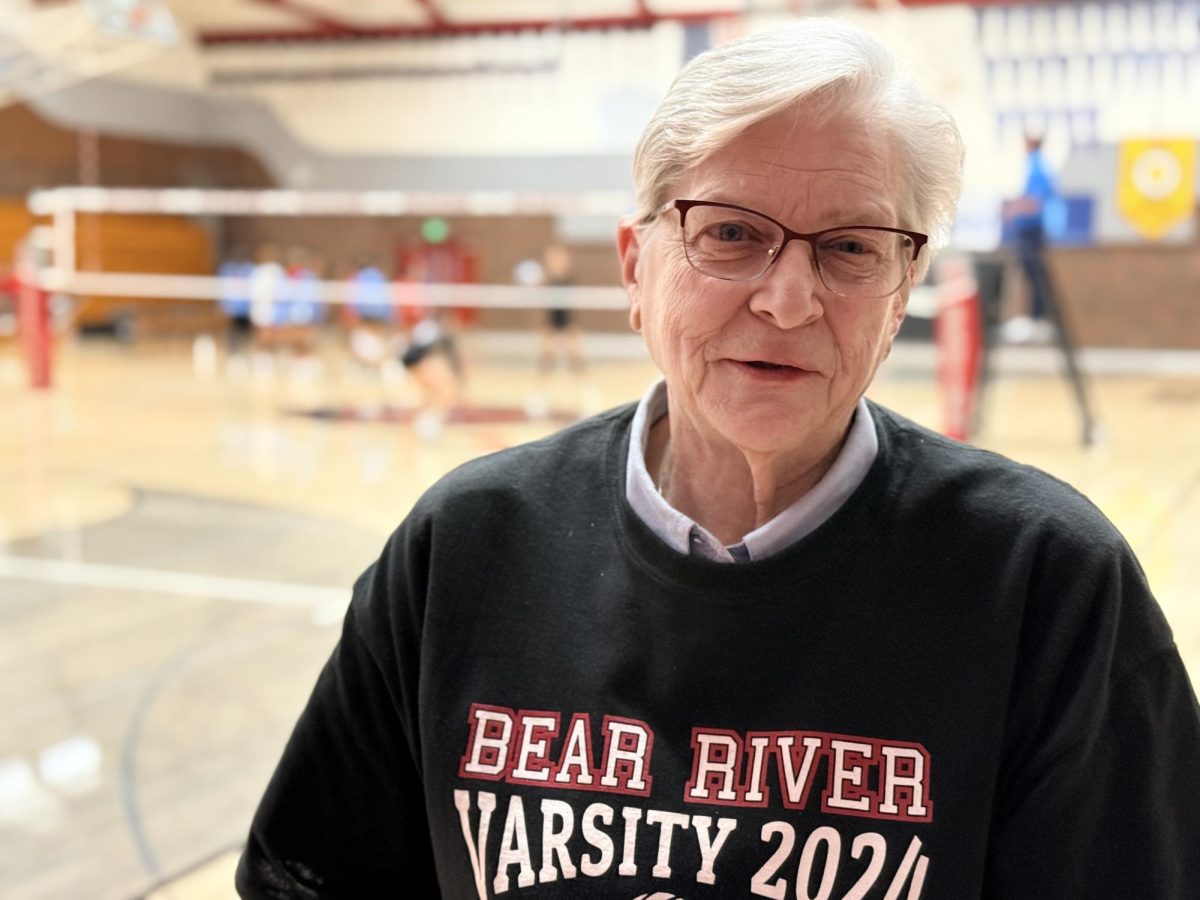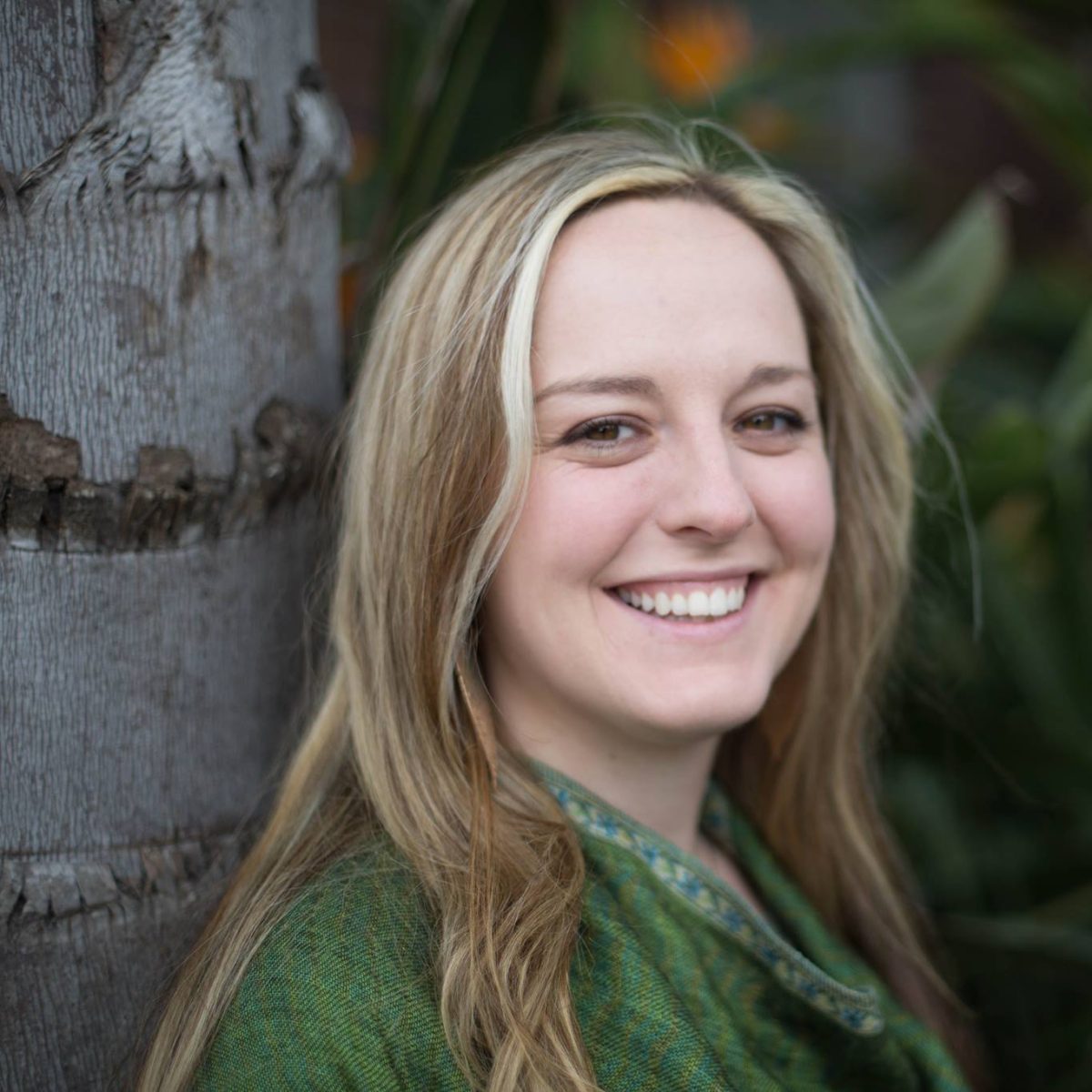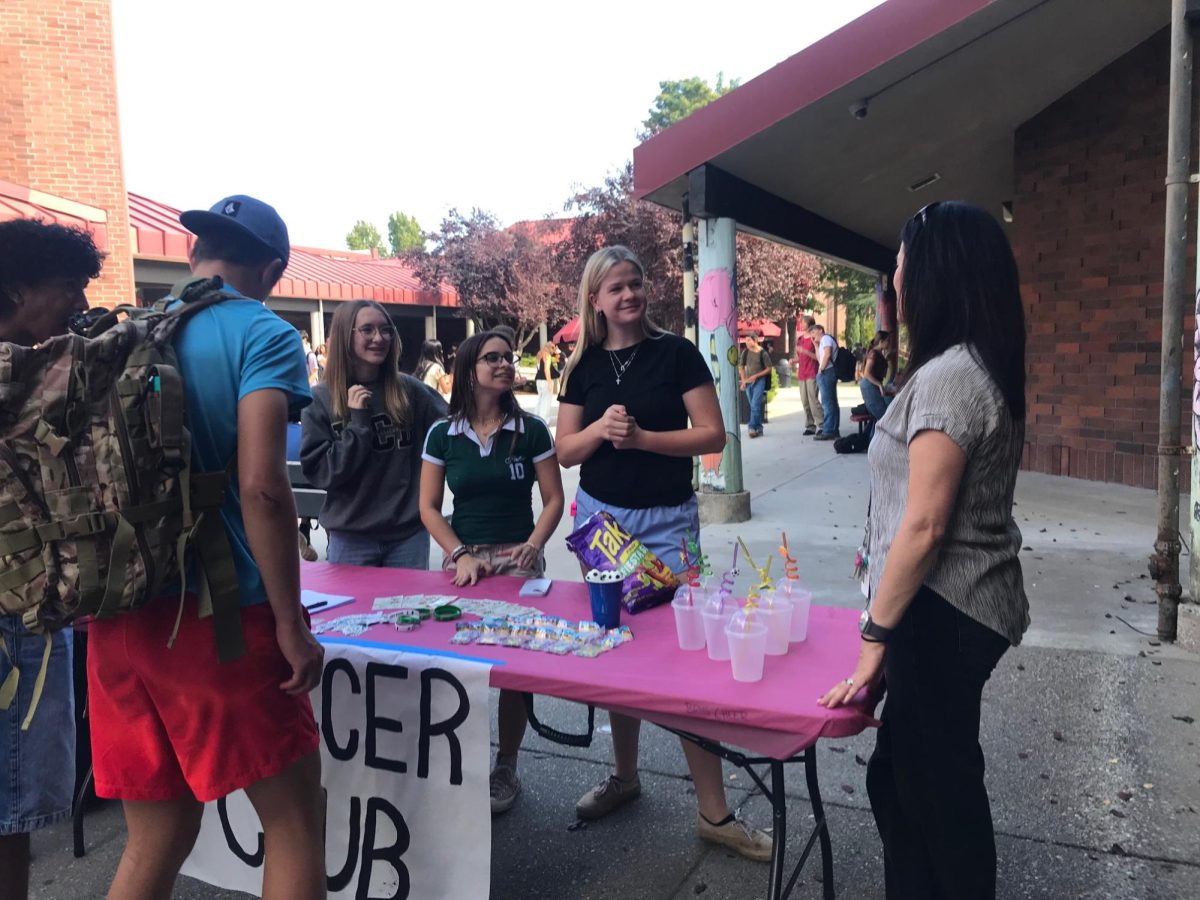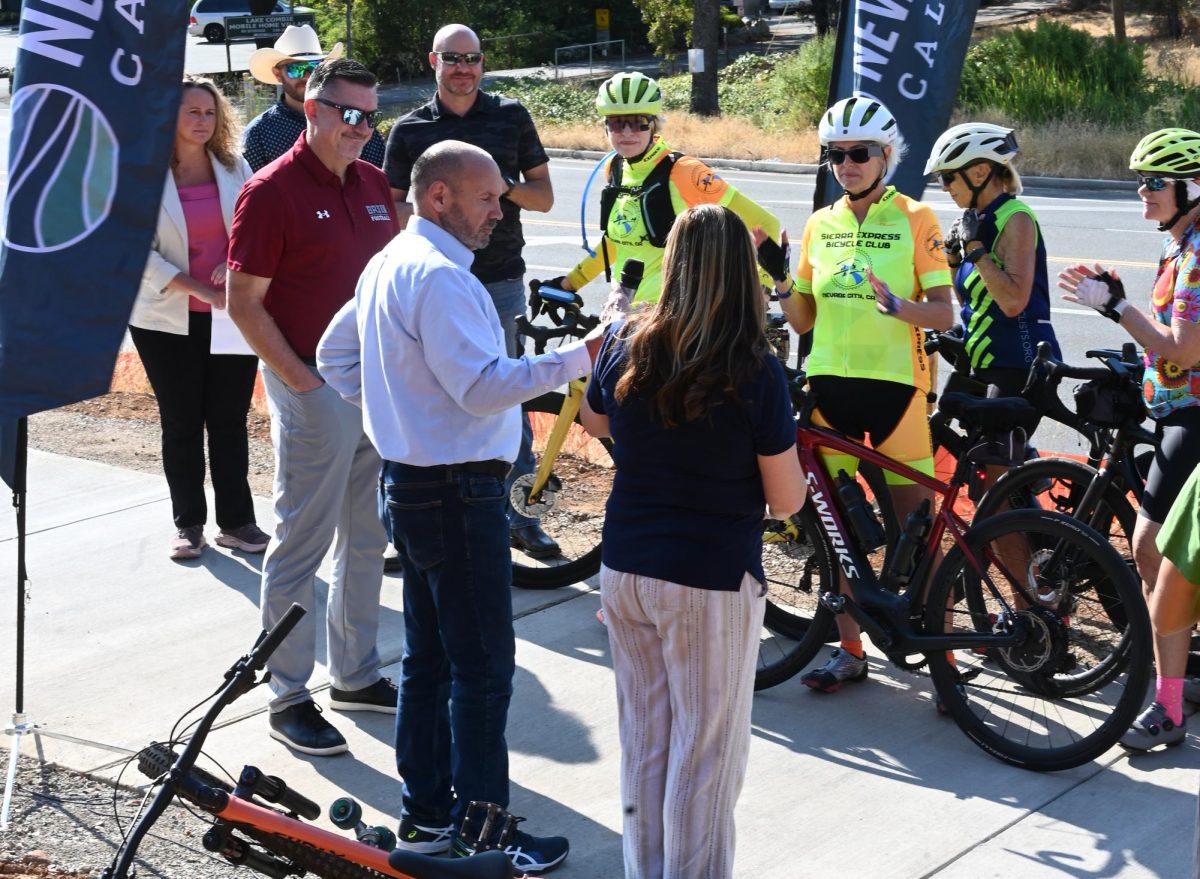With many Bruins being quarantined over the last few weeks as a result of contact with classmates who have tested positive for COVID-19, teachers and students express differing opinions on how this difficulty affects the average school day.
History Teacher Jeffery Carrow was all too familiar with his students being unable to attend in-person classes.
“It really upsets the continuity of the class. You have students that wanted to be in class and all of a sudden they’re pulled out, and I had a group project that was going on. People were quarantined and so they lost their partner and it upset the overall rhythm of the class,” Mr. Carrow explained. “The students themselves were bummed out for a lot of reasons: being pulled out of what they had going, whether it was from sports, school, or their social life. It’s very upsetting to a schedule and to a life.”
However, Mr. Carrow was slightly relieved that students already had experience with full distance learning so getting quarantined wasn’t as difficult, even if it wasn’t optimal.
“I mean it’s just been a funky year with hybrid, Zoom, and cohorts, and returning to Zoom again is something they are already comfortable with,” he elaborated. “But students that have chosen to come here have done so because they haven’t been succeeding on Zoom. Generally, we can work through the grade thing but the main impact is that students who choose to come here can’t.”
Junior Jacob Vaughan supported Mr. Carrow’s observation, stating that he wasn’t fazed when he transitioned from in-person back to distance learning.
“School just went back to normal distance learning, didn’t feel too weird after the whole year of distance learning,” he commented.
Senior Maddie Meilinger expressed a similar opinion to regressing back into distance learning after being quarantined.
“It didn’t have a huge effect on school for me, it just made a few classes a little harder to learn in because they are made to be more of a hands-on class,” she summarized. ” … I didn’t mind being quarantined too much. It was kinda nice to be able to do school from home everyday, but it also got kind of boring at times not being able to see all the people like you would if you were at school.”
With many students also being athletes that play multiple sports at a time, having to quarantine becomes extra disappointing.
Junior Ryder Holcomb is both a football and baseball player for Bear River; however, despite not being able to play temporarily, he expressed his support for the quarantines.
“It’s probably the right thing to do, just to keep everyone safe,” he said. “I know they’re not doing it to make us unhappy or to interfere with our playtime. I know it’s coming from good intentions and I know it has done good.”
As a fellow athlete, Vaughan had a similar outlook on being quarantined to ensure the safety of his peers but also noted a troubling pattern.
“I think the quarantine procedures are fine, though it feels like this can just keep happening where teams are sent home for a week over and over,” he said.
Holcomb provided his thoughts on possible improvements to the current COVID-19 testing procedures in many sports.
“For a couple of weeks [in football], we would do actual COVID testing and I thought those were good,” he remembered. “It might be a good idea to bring those back just for more accuracy so that those that don’t have the virus don’t have to be held down by those that did.”
The quarantining of potentially sick students is ultimately implemented to keep people safe.
“The positive aspect would be, not from the actual act of quarantining and taking students out but the safety aspect from when someone has tested positive you have to take the safety precautions,” said Mr. Carrow. “[This is] the world we’re in with COVID-19. The whole thing is a bummer but the positive thing is that we’re trying our very best as a school to keep kids as safe as possible especially when finding out about a positive test result.”



































